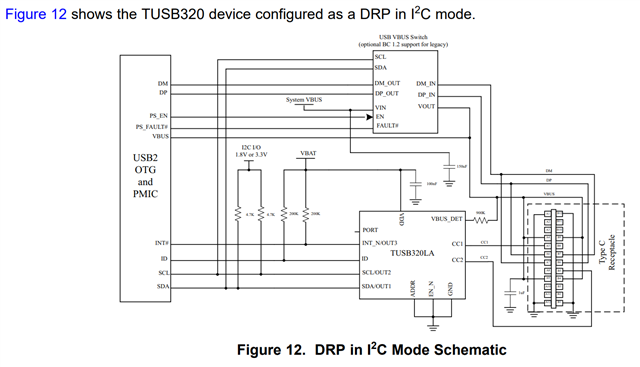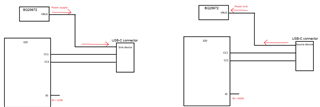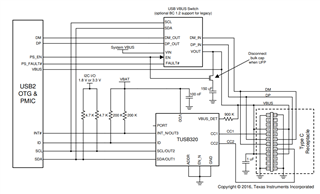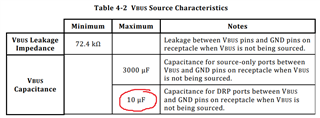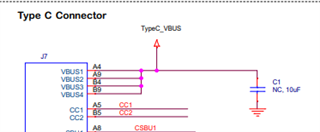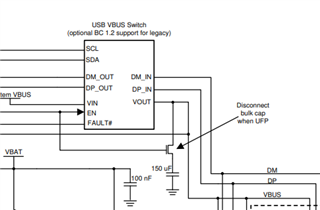Other Parts Discussed in Thread: BQ25672, TUSB320, TPS2547, TUSB320-LA-EVM, HD3SS2522
Hello
I have a design that uses a BQ25672 charger and a TUSB320LAI controller.
Previously my questions were answered on the BQ25672 portion by a terrific APPS engineer in the power management forum.
He recommended the Interface forum for questions on the TUSB320/BQ25672 combination.
Is there anyone who would be able to review the schematic and comment on the TUSB320/BQ25672 design?
Thanks in advance,
Dan



